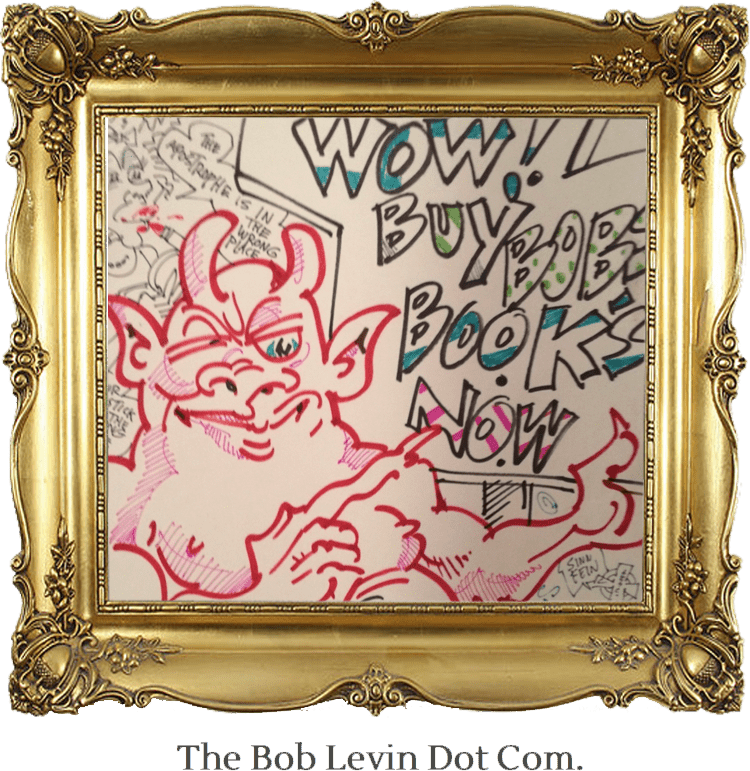So I decided to go with Lulu for “Cheesesteak: The West Philadelphia Years,” a collection of reminiscences that took me from childhood through law school. Once I had formatted it to fit Lulu’s specifications, my m.s. was routed to its “content evaluation department.” “Issues,” I learned, had to be “resolved” before my book could “move forward.”
The first issue was that they had “found text that is copyrighted by someone else.” They “found” this because I had acknowledged that most of my collection had been published previously. My understanding was that these publications left me my copyright and only needed acknowledged t be republished by me. How Lulu determined otherwise was not explained, but no matter. Go along to get along, I figured.
The content evaluators offered me seven remedies. Three applied to work created before January 1, 1923. Since, as my text made clear, I was not born until 1942, these seemed of unlikely relevance. (They also made me curious about the attention and thought my m.s. had received.) One applied to texts of over 5000 words, which none of my pieces were. One applied to texts of under 5000 words, which all of my previously published ones were. I could satisfy the content evaluators by (a) removing these pieces, which would leave me a 20 page book, or (b) reducing them by 90%, which would give me 30. Or I could get permission to publish them from the previous publishers. This would be a pain in the ass, but doable.
Issue two was my text that libeled and/or invaded the privacy of others. How I had managed this puzzled me since, as I had disclosed, I had, at least, changed everyone’s name, if not other identifying factors.) The evaluators provided three examples, leaving open the possibility there were more. One was a reference to “Chuckie Tusk,” an ex-cop, in whose restaurant and on whose liquor license two of my Penn Law social circle ran a bar. How I had libeled or embarrassed “Mr. Tusk” by this reference mystified me. One was a reference to a “Laurel Plotkin,” who had been identified as my college’s “nymphomaniac.” No other description of “Ms. Plotkin” was provided, and since Brandeis had about 800 female undergraduates in 1964, and the youngest of whom would not be 70, I could not examine how it could be feared that one of these grandmothers would now come forward and declare she recognized herself in my description. (It was like, I thought, I had written “A girl at Brandeis was a nymphomaniac” or “…never brushed her teeth” or “…killed her mother and slept with her father.”)
The third example was more problematic. I had written of my freshman English Comp instructor, a wrist-tattooed Holocaust survivor, who, while married to one department head, was rumored to be having an affair with a junior member of another. I had portrayed her in all other ways heroically, and she would be about 80 now and had not sued when the piece had previously run; but I, gallantly, offered to remove the tattoo — and make her an ex-junkie if that would make Lulu feel better.
It wouldn’t. In fact, its corrective “MUST”s included the following. I could not use my real name anywhere in the book or on its cover. I could not use the real name of any business or educational establishment I mentioned. I had to change the locale where the action occurred. In other words, I would be writing a memoir, “Cheesesteak: The West Philadelphia Years,” in which I did not appear, nor did any place where I actually spent time; and all the activities described took place in, I don’t know, Bismark, North Dakota.
